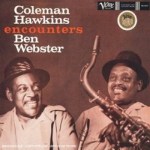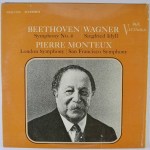 More of the music of Ludwig van Beethoven (1770-1827)
More of the music of Ludwig van Beethoven (1770-1827)
More Classical and Orchestral Recordings
Somehow we managed to have a Classic Records pressing on hand to play in our most recent shootout for the Beethoven Symphony No. 4.
We knew all the way back in 1997 that Classic had done a good job with the record – we recommended it as one of the best Classic Records pressings in our catalogs at the time — but we sure didn’t expect it to do as well as it did, earning 2 pluses on one side and close to that on the other.
Years ago we wrote:
Here is the kind of sound that Classic Records could not ignore, even though the original was only ever made available as part of RCA’s budget reissue series, Victrola.
Don’t let its budget status fool you — this pressing puts to shame most of what came out on the full price Living Stereo label. (And handily beats any Classic Records reissue ever made.)
The top and bottom are wrong to varying degrees on both sides of the Classic, as you can see from our notes, which read:
Side One:
- big,
- a little shiny up top
- not as rich but weighty
Side Two:
- leaned out up top
- blurry down low
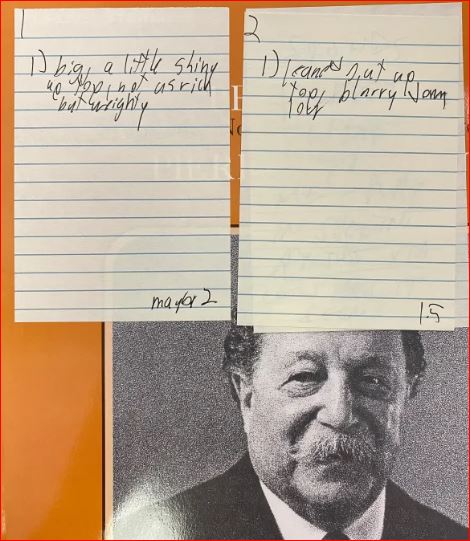 At least the midrange is more or less correct.
At least the midrange is more or less correct.
A potentially good Heavy Vinyl pressing, worth picking up if you can find one at a good price.
Note that it comes with different coupling works, as well as on both 180 amd 200 gram vinyl. This is the version with the Leonore Overture.
To sum up, these grades mean that the Classic will beat the lesser Victrola pressings, and be beaten by the better ones, for what that’s worth.
Side One
Symphony No. 4
I. Adagio, Allegro Vivace
II. Adagio
III. Menuetto: Allegro Vivace – Trio: Un Poco Meno Allegro
Side Two
Symphony No. 4 (cont.)
IV. Allegro Ma Non Troppo
Leonore Overture No. 3 In C Major, Op. 72
Further Reading
Below you will find our reviews of the more than 200 Heavy Vinyl pressings we’ve played over the years.
And finally,
Even as recently as the early 2000s, we were still impressed with many of the better Heavy Vinyl pressings. If we’d never made the progress we’ve worked so hard to make over the course of the last twenty or more years, perhaps we would find more merit in the Heavy Vinyl reissues so many audiophiles seem impressed by.
We’ll never know of course; that’s a bell that can be unrung. We did the work, we can’t undo it, and the system that resulted from it is merciless in revealing the truth — that these newer pressings are second-rate at best and much more often than not third-rate and even worse.
Some audiophile records have such bad sound, I felt motivated to create a special list for them. Others are just BS. I’m sure you know the type.
Setting higher standards — no, being able to set higher standards — in our minds is a clear mark of progress. Judging by the hundreds of letters we’ve received, especially the ones comparing our records to their Heavy Vinyl and Half-Speed mastered counterparts, we know that our customers see things the same way.
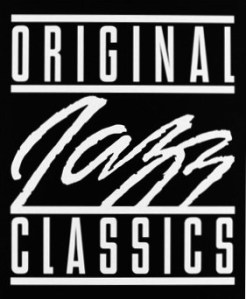
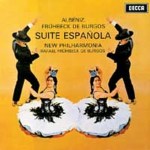

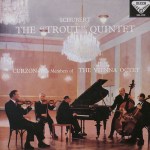
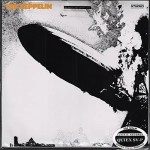 More of the Music of Led Zeppelin
More of the Music of Led Zeppelin See all of our Doors albums in stock
See all of our Doors albums in stock
